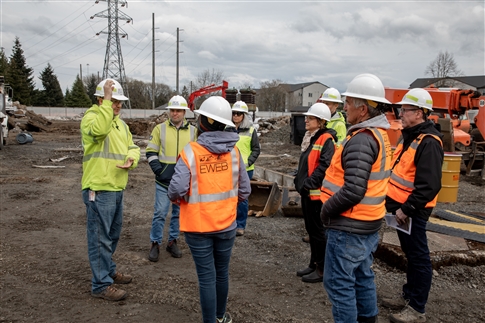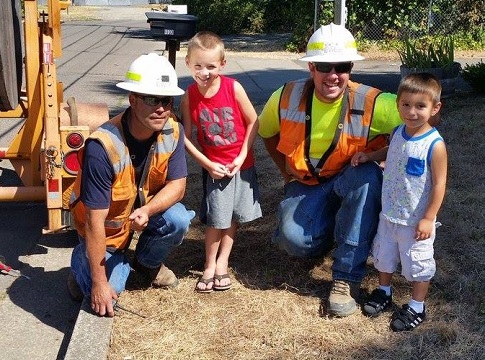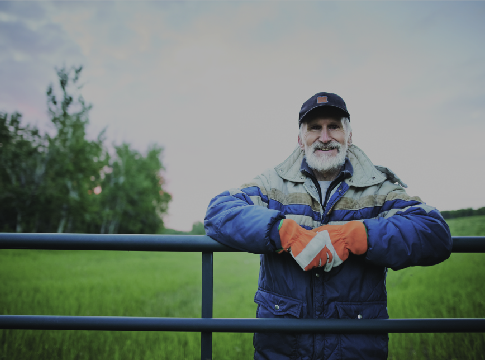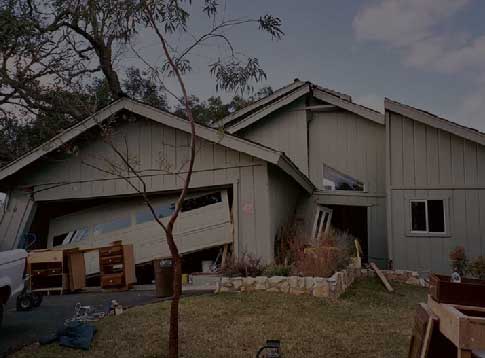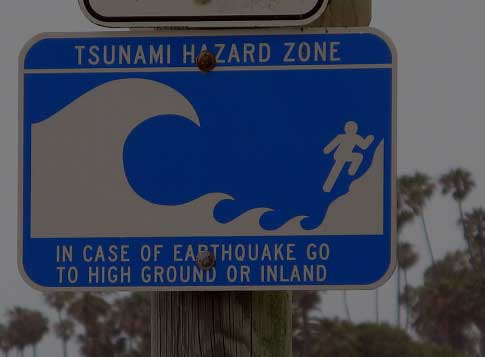Disaster strikes.
It could be sudden. A wildfire cuts off electric transmission lines, disconnecting Eugene from major energy sources far away. A chemical spill in the McKenzie River makes the water too contaminated to treat for days. A major earthquake ruptures water lines throughout Eugene.
It could also be gradual. Climate change dries up rivers and restricts hydropower production. Rising inflation rates ratchet up prices for the materials and equipment EWEB depends on. A tightening labor market causes job vacancies on short-staffed teams to linger.
What happens next? Whether or not EWEB can recover depends on our level of resiliency – and the community’s.
“EWEB faces the challenge of effectively planning and operating in an environment of a changing climate, new technology, developing markets, political and regulatory flux, natural and human-caused threats, and evolving community expectations,” EWEB General Manager Frank Lawson said. “In this environment, we need to embed resiliency into all of our operations, processes and decision making.”
Resiliency is more than just the ability to recover from a disaster. It’s also the ability to reduce the likelihood, magnitude and duration of both sudden and gradual disruptions.
In recent months, EWEB has been developing a multi-faceted resiliency policy to formalize EWEB’s utility-wide commitment to emphasize long-term values that help us prepare for and recover from disasters. The Board of Commissioners will discuss and potentially approve the policy at their meeting Aug. 1.
“We provide the community with essential services that enhance our community’s vitality. But more than that, reliable water and electricity form the foundation of modern life. Our task is to, as much as possible, maintain these services without disruption,” Lawson said. “Our job as a provider of safe, reliable, affordable and environmentally responsible drinking water and electricity never ends. It’s a job that we do 24 hours a day, 365 days a year, for the next decade and the next century.”
As a provider of essential services, EWEB’s ability to prevent and weather disaster directly impacts the ability of our community to do the same. Limiting disruptions of water and electricity services enables to EWEB’s customer-owners to recover more quickly after a disaster. At the same time, EWEB must prepare customers to be self-sufficient during those periods of disruption, bolstering overall community resiliency.
EWEB’s resiliency strategy comprises multiple elements of the utility, including the physical infrastructure, but going far beyond that. The key pillars are:
Infrastructure and systems: EWEB will ensure that infrastructure design and construction, communication and information systems, and operational and maintenance processes use risk-assessment methodologies to identify and achieve resilient outcomes under both normal operating conditions and disruptive events.
Workforce: EWEB will build workforce resiliency through transfer of knowledge and skills across the organization, creating redundancy, flexibility, and depth in mission-critical functions. The organization shall facilitate employee and family emergency preparedness, improving EWEB’s response to and recovery from disruptive events.
Finance: EWEB will ensure that the organization considers resiliency in the development of budgets and financial plans under a range of potential future conditions, including but not limited to, the variability of economic and market forecasts, and the impacts of regulatory changes.
Community: EWEB will cultivate partnerships that enhance community resiliency, leveraging unique capabilities with the potential to plan, mitigate adverse impacts of, or respond and recover from a variety of operating conditions or disruptive events. EWEB shall educate and encourage the community at- large, including vulnerable and/or historically marginalized customer-owner segments, to plan and prepare to self-sustain through periods of disruption, as well as other options for response and recovery.
EWEB will embed resiliency into a variety of planning processes, such as strategic plans, financial plans, capital improvement plans, budgets and goals. When conducting Triple-Bottom-Line assessments, EWEB will weigh resiliency criteria. EWEB will also develop and maintain specific risk mitigation and recovery plans for certain kinds of threats, such as chemical spills or wildfires, while working with other local agencies on coordinated plans.
This kind of resiliency takes intention and clear-eyed analysis.
“When we’re making decisions, we don’t know exactly what the future will hold. There is always a range of possible future conditions, some more likely than others,” Lawson said. “Resilient actions are ones that result in positive outcomes in a wide variety of possible potential futures. Those are the kinds of actions we need to take.”

